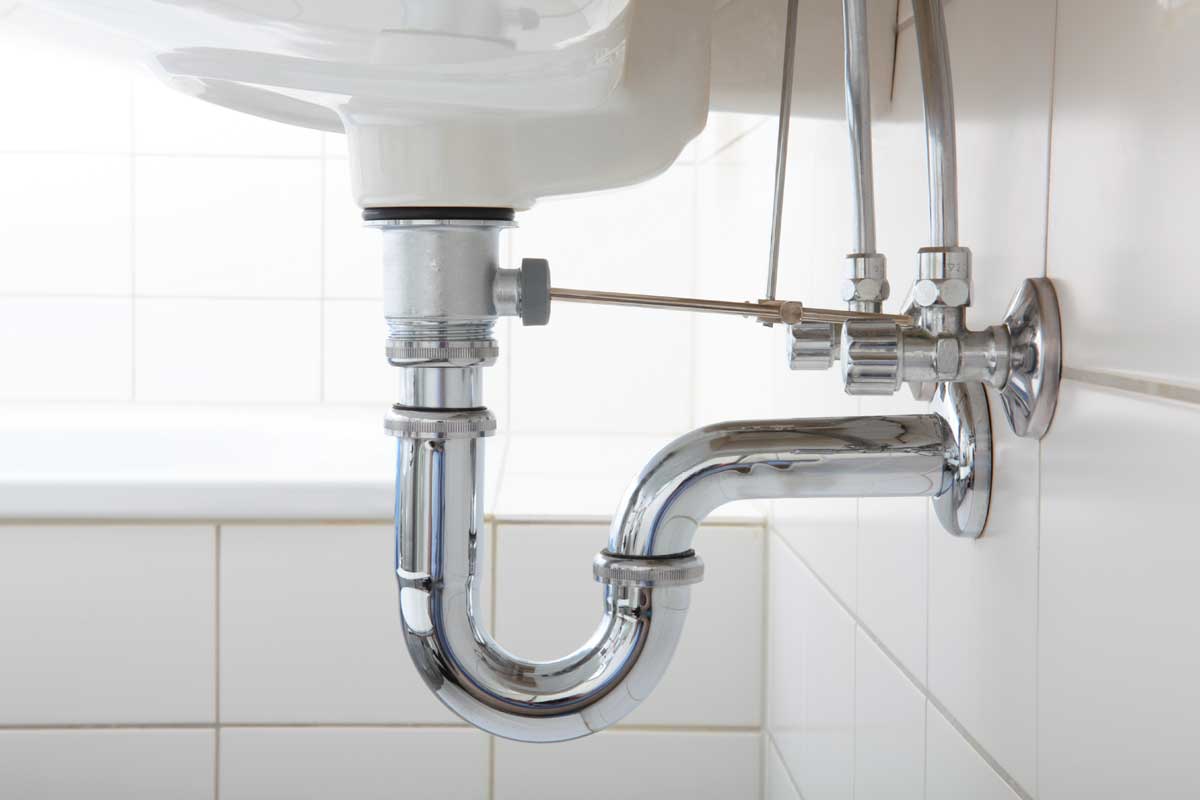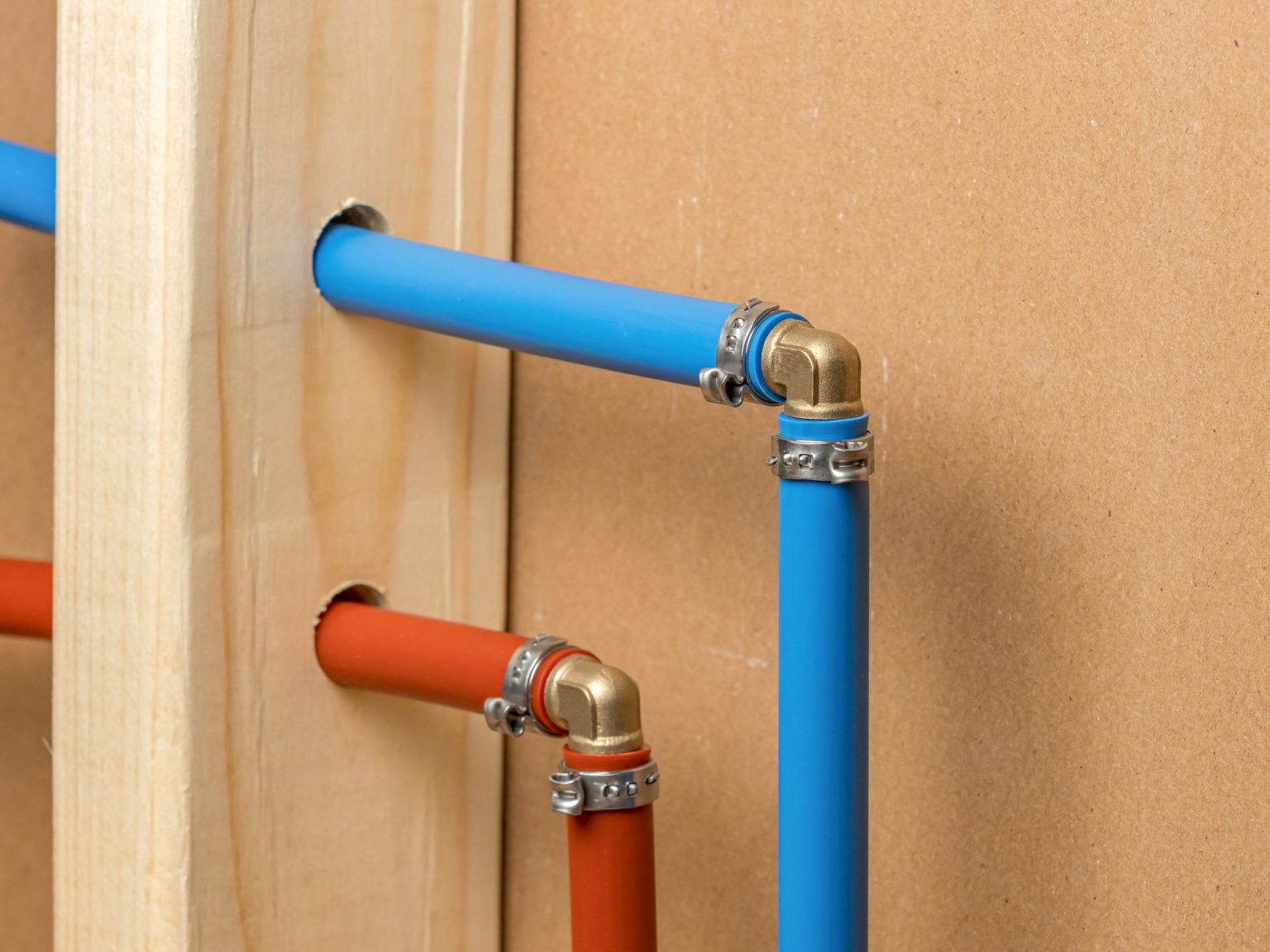DIY Solutions for Concealing Exposed Pipes: How To Cover Exposed Pipes Under Bathroom Sink

How to cover exposed pipes under bathroom sink – Exposed pipes under the bathroom sink can be an unsightly eyesore. Fortunately, there are several DIY solutions you can implement to conceal them, restoring a clean and polished look to your bathroom.
To conceal the unsightly pipes beneath your bathroom sink, you can opt for decorative covers or DIY solutions like painting or wrapping them. However, if you notice a foul, rotten egg smell emanating from the sink, it’s crucial to address the underlying cause.
After resolving the odor issue, you can proceed with covering the pipes to enhance the aesthetics of your bathroom.
Simple methods for hiding pipes include painting them to match the wall color, using decorative covers or wraps made of fabric or other materials, or creating custom covers using wood or PVC.
Custom Pipe Covers, How to cover exposed pipes under bathroom sink
Creating a custom pipe cover is a more permanent solution that provides a tailored fit and a polished appearance. Here’s a step-by-step guide:
- Measure and Cut: Measure the length and width of the pipes you want to cover. Cut pieces of wood or PVC to the desired dimensions.
- Assemble the Frame: Join the pieces of wood or PVC together using wood glue or PVC cement, forming a frame that will enclose the pipes.
- Install the Cover: Place the cover over the pipes and secure it using screws or nails. You can also add decorative trim or paint the cover to match the bathroom decor.
Advantages:
- Custom fit for a seamless look
- Durable and long-lasting
- Can be painted or decorated to match the bathroom
Disadvantages:
To conceal unsightly pipes under your bathroom sink, consider installing a 24 inch bathroom vanity top with sink, such as the one found at https://baileydarbyshireaw.bestiste.com/24-inch-bathroom-vanity-top-with-sink/. Its sleek design not only provides a stylish upgrade but also effectively hides the exposed pipes, giving your bathroom a clean and polished look.
- Requires more time and effort to create
- May require additional materials like wood glue or PVC cement
Professional Installation Options

Hiring a professional to conceal exposed pipes under your bathroom sink is an excellent choice for a seamless and durable solution. Various enclosure options are available, each with unique materials, installation processes, and costs.
PVC Panels
PVC panels are a cost-effective and easy-to-install option. They are lightweight, durable, and resistant to moisture and mold. Installation involves cutting the panels to size, attaching them to the wall using screws or adhesive, and then sealing the joints with caulk.
Drywall
Drywall is a versatile material that can be used to create a custom enclosure around your pipes. It requires more skill and tools to install than PVC panels, as it involves framing, drywall installation, taping, and painting. However, drywall provides a smooth and seamless finish that can be painted to match your bathroom decor.
Cabinetry
Cabinetry offers a more permanent and stylish solution for concealing pipes. It can be customized to fit the specific layout of your bathroom and provide additional storage space. Installing cabinetry requires carpentry skills and may involve modifying existing cabinetry or installing new ones.
The cost of professional installation will vary depending on the type of enclosure chosen, the size of the area to be covered, and the labor rates in your area. On average, expect to pay between $200-$600 for materials and labor.
Creative and Decorative Approaches

Beyond functional solutions, homeowners can also explore creative and decorative approaches to conceal exposed pipes under the bathroom sink. These methods not only hide the pipes but also enhance the overall aesthetics of the space.
Using Plants
Introduce greenery into the bathroom by placing potted plants around the exposed pipes. Choose plants that thrive in humid environments, such as ferns, succulents, or peace lilies. The foliage can effectively camouflage the pipes while adding a touch of nature to the bathroom.
Incorporating Artwork
Turn exposed pipes into an artistic feature by hanging artwork around them. Choose paintings, prints, or photographs that complement the bathroom’s decor and create a focal point. The artwork will draw attention away from the pipes and add a personal touch to the space.
Vertical Garden
Create a living wall by installing a vertical garden around the pipes. Use a trellis or grid system to support climbing plants, such as ivy or vines. The lush greenery will not only conceal the pipes but also purify the air in the bathroom.
Incorporating into Design
Instead of concealing the pipes, consider incorporating them into the bathroom’s overall design. Paint the pipes a bold color that complements the bathroom’s fixtures or wallpaper. Alternatively, use copper or brass pipes as decorative elements, adding a touch of industrial chic to the space.